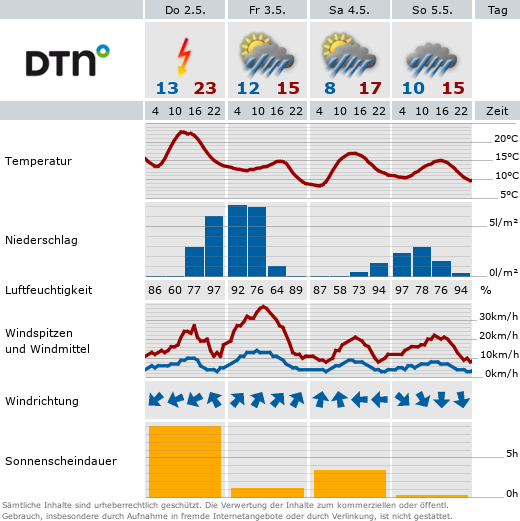non-binary (adj.) | non-binary, the
The term non-binary describes a wide range of different ways of experiencing one's gender.
Many non-binary individuals locate their gender identity between male and female, meaning they are neither fully female nor fully male, or neither always female nor always male. Some have a non-binary identity that moves or shifts fluidly between male and female. Still others have a non-binary gender that is completely independent of the concepts of "man" and "woman." This can also include having no gender or a neutral gender identity. All of these individuals have in common that their gender does not follow the ⇒ binary gender order.
People who fit the descriptions above do not necessarily describe themselves as "non-binary," depending on how they see themselves. Gender concepts that do not follow the binary male-female order also vary considerably culturally and geographically and cannot be subsumed under the Western-influenced label of "non-binary."
Some individuals have multiple affiliations with different genders or gender identities. For example, some ⇒ intersex people also identify as nonbinary. Non-binary genders are also sometimes included under the umbrella term ⇒ trans* because both non-binary people and trans people have a gender that does not match their sex assigned at birth.
Just like people with binary gender identities, non-binary people can have any sociosexual orientation, gender expression, or appearance. A desire for physical changes or ambiguous gender expression may or may not be present.
Last updated: April 2025
Sources (in German)
- Gagarim, Yori (2017): Hä? Was heißt denn nicht-binär? In: Missy Magazine. Last accessed 28.04.2025.
-
LAG Lesben in NRW e. V. (2019): Fibel der kleinen Unterschiede. 10. Aktualisierte und überarbeitete Auflage.
-
Lichtenstein S.; Rolling Eyes Collective (2019): Rolling Eyes Glossar: Ein Projekt der Hochschule Düsseldorf 2019, Fachbereich Sozial- und Kulturwissenschaften. Düsseldorf. Last accessed 28.04.2025.
-
Nichtbinär-Wiki (o.J.): Nichtbinär und Genderqueer. Last accessed 28.04.2025.
-
Sauer, Arn (2018): Nicht-binär. In: LSBTIQ-Lexikon. Grundständig überarbeitete Lizenzausgabe des Glossars des Netzwerkes Trans*Inter*Sektionalität. Bundeszentrale für politische Bildung, Bonn. Last accessed 28.04.2025.
-
Zeit Online (2019): Nicht er oder sie – Säye ist non-binary. OUT NOW! – Ep. 7: Säye. Youtube. Last accessed 28.04.2025.
The glossary is meant to evolve through mutual exchange with readers.
We regularly put the definition of a term up for discussion under #klargestellt. Do you have questions or suggestions? Join the discussion and contribute to a better understanding of the terms! We welcome your feedback to: shk.gleichstellung@verwaltung.tu-dortmund.de






